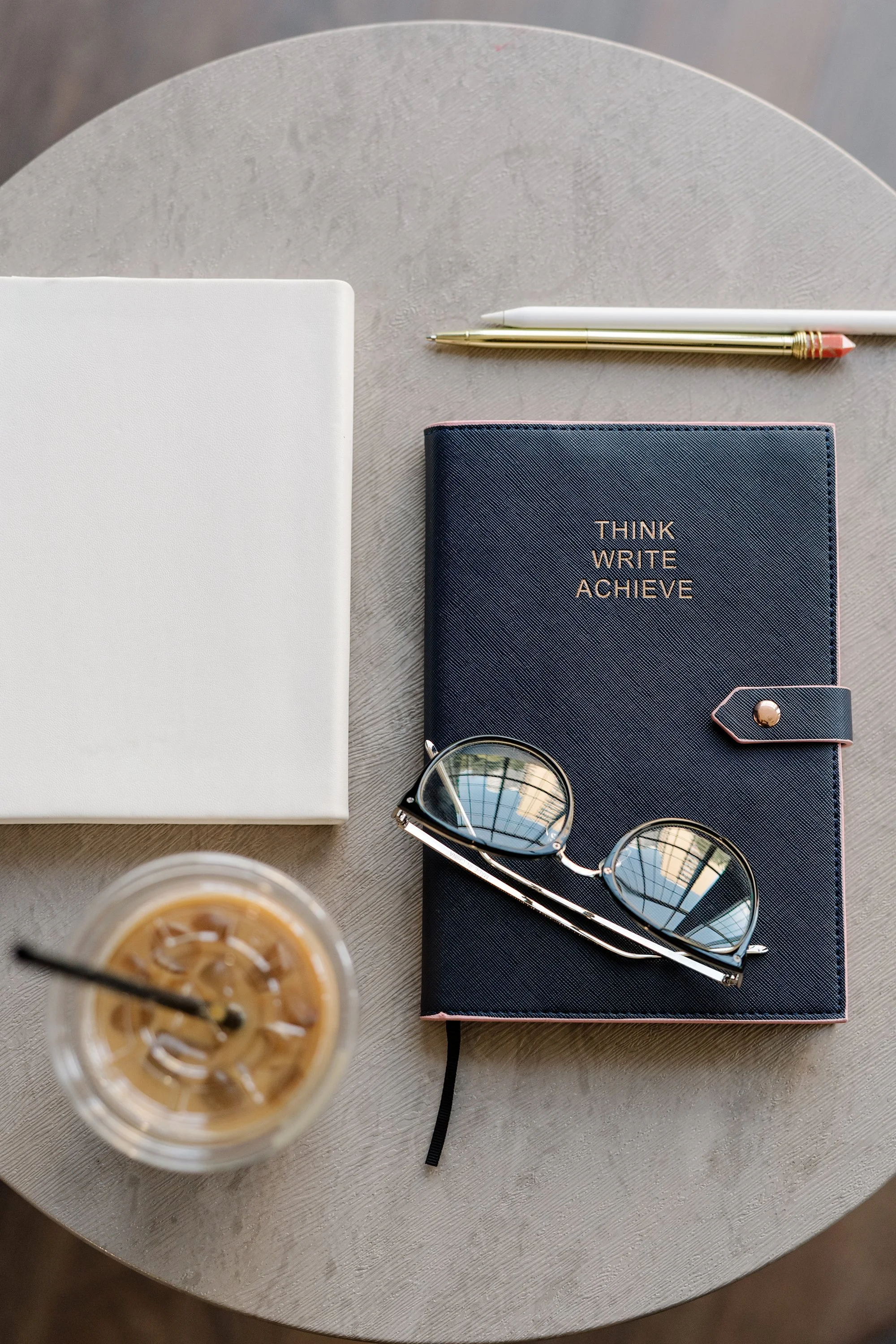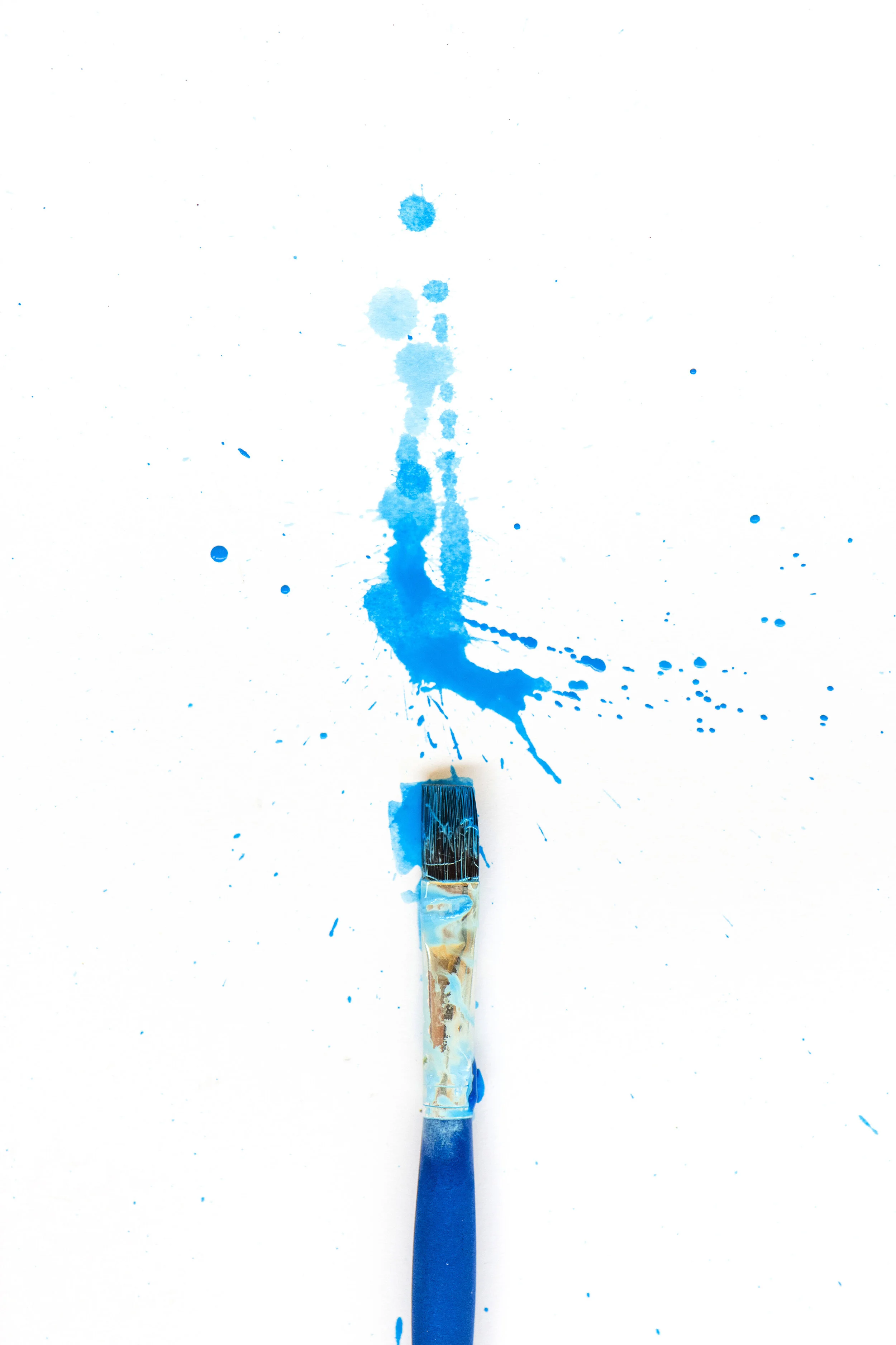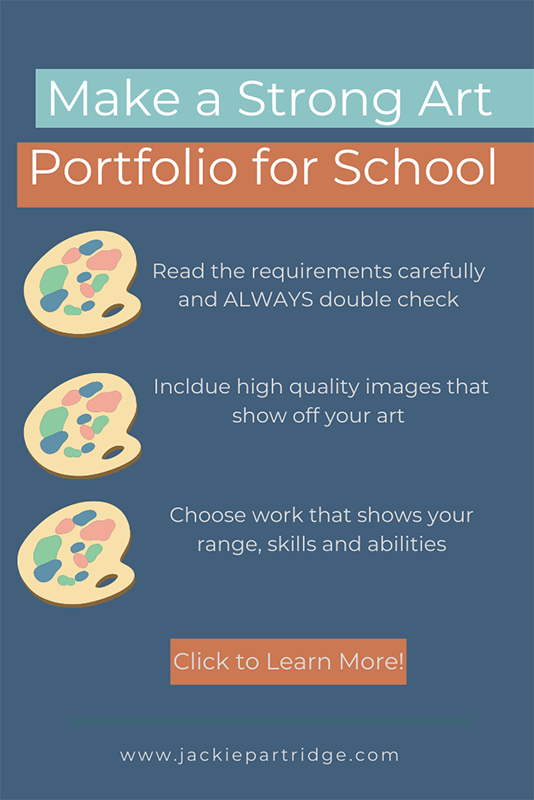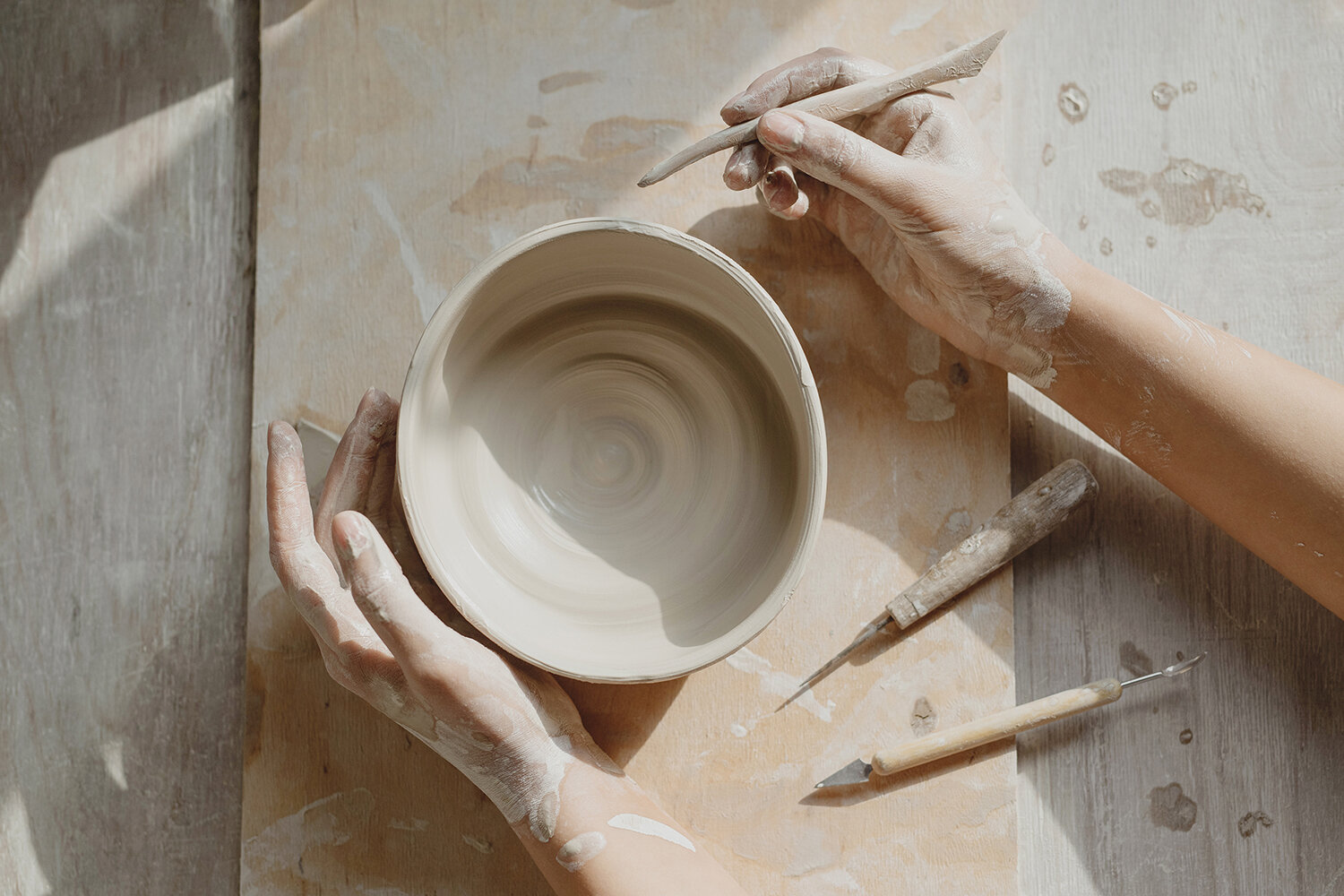Portfolio consulting is an excellent way to ensure your child’s art portfolio not only stands out but also significantly enhances their chances of being accepted into their desired university or college art program. Through personalized guidance, portfolio consulting helps your child showcase their unique strengths and creativity in a way that aligns with the specific requirements of their chosen schools. There are numerous benefits to investing in art portfolio consulting—allow me to elaborate on why this can be a game-changer for your child's future in the arts! Learn more about portfolio consulting below!
Portfolio Consulting- What is it?
Art portfolio consulting sessions are conducted online via Zoom or Google Meet, where we meet one-on-one to review your child’s art portfolio and discuss their preferred schools and programs. Since 2020, I have been assisting teens in preparing their art portfolio applications, drawing from my experience as a certified high school art teacher. I also have extensive experience working with students with Autism, ADHD, and other learning disabilities, ensuring they receive tailored support. I’ve successfully guided numerous teens toward acceptance into their dream art programs.
In art portfolio consulting here are some topics I can help with:
Planning the portfolio
What art pieces to include and in what order
How to title artwork
How to write descriptions or essay writing
How to take photos of art and edit them
Help with planning your child’s schedule so they can balance -schoolwork, a part time job, a social life and making their art portfolio plus any other commitments they might have.
And so much more!
How Does Portfolio Consulting Work?
Click the button below to sign up for a spot choose a date and time that suits your schedule and book the session. Then you will be sent a meeting link. If you have any questions or need help booking or would like different availability then what is listed -fill out the contact form below to get in touch with me.
What are the Benefits of Portfolio Consulting?
Getting Into a Competitive Art Program
Competitive art programs tend to only accept 20% or less of the total applicants.
If your child wants to go to a competitive or popular art school portfolio consulting will help them get in.
You can see a list of popular art schools in Canada and the U.S. here.
Homeschooled Art Students
If your child is or has been homeschooled, they may lack the formal visual arts education typically provided by a structured curriculum and might not be familiar with the key terminology that college or university review panels expect.
Homeschooled students often find themselves with fewer completed artworks ready for submission in their art portfolios and may need to create additional pieces. I can assist with this by guiding your child in creating new artworks and refining existing ones to ensure they meet the submission standards.
Teens That Don’t Have A lot of Artwork
I can work with your teen to develop a detailed plan and schedule, helping them determine how many pieces of art they need to create and setting deadlines to keep them on track. With my guidance, they’ll have the accountability and structure needed to stay organized and manage this significant task effectively. Some schools require as many as 20 pieces of art in an application, so having a clear plan is crucial.
I also have lots of ideas to share so your child can create phenomenal pieces in less time.
Who Should Do Portfolio Consulting?
Grade 11 or Grade 12 teens who want to pursue an art career or arts-related career. To learn more about arts-related careers -click here.
Some arts related careers like architecture require an art portfolio depending on the school.
Do some research ahead of time to determine where your child wants to go to art school and for what art program.
You can look under the admissions section of the school or contact someone from the school’s admissions office to ask if your child needs to submit an art portfolio application.
For tips to make your child’s art portfolio stand out click the button below for your FREE guide!
Book a coaching session with me by clicking on the button below! You can choose a 30 minute or hour session.















